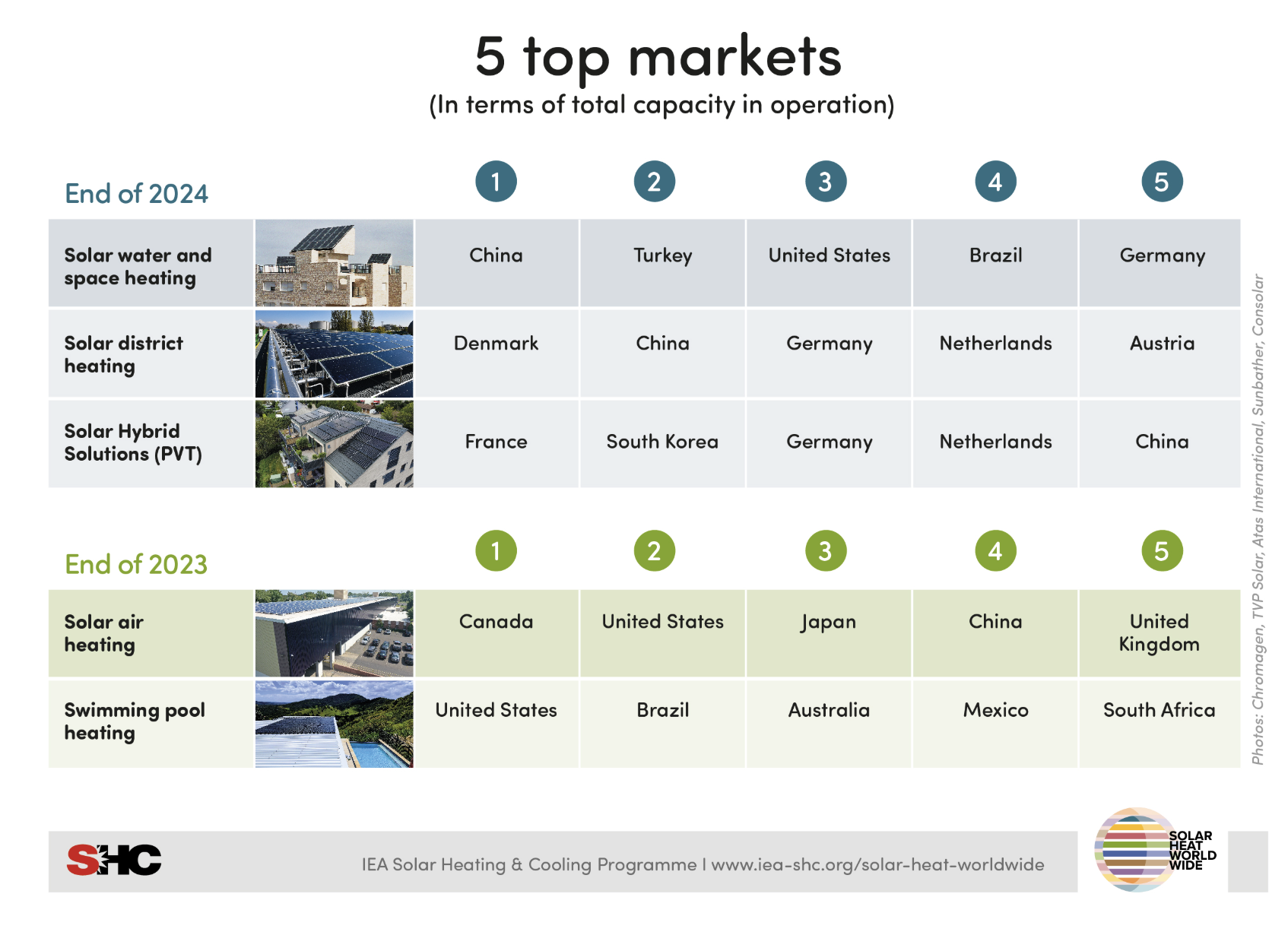In 2024, China led the global market for industrial solar heat, while the Netherlands recorded the highest increase in newly installed solar district heating capacity in Europe. Germany topped the charts for newly installed hybrid photovoltaic-thermal (PVT) collectors. The newly released Solar Heat Worldwide 2025 report presents the latest data across key applications of solar heating and cooling, including residential water heating, district heating, process heat, solar cooling, and drying. The full report and accompanying infographics are available for free download here.
RYSE says it can’t fully use solar-powered emergency shelter due to PG&E delays
Richmond youth center’s community hub for climate-related emergencies is missing out on cost savings due to connection delays, officials say.
Richmond’s RYSE Center, a nonprofit on Bissell Avenue that primarily serves youths of color, offers a safe haven for the city’s teens to organize with their peers, learn skills and heal from trauma.
In response to the increasingly intense impacts of climate change, RYSE has expanded its services, adding two new buildings, including a health center and daily gathering space that doubles as a resiliency hub in climate emergencies. With a large solar array and solar storage battery, it’s designed to provide electricity during heat waves, power outages, wildfires, and other emergencies. In those situations, local youths and their families can seek shelter from the elements, get cool with air conditioning, breathe filtered air and use stored solar power to charge their electronics and life-saving medical equipment.
CANARY MEDIA: California’s rooftop solar is a benefit, not a cost, to the state
A new study finds rooftop solar will save California $2.3B this year — a rebuttal to the ‘cost-shift’ math that’s led regulators to stifle solar growth.
For years, California utilities, regulators, and consumer advocates have argued that residents with solar panels on their rooftops are making electricity more expensive for everyone else in the state.
In August, a state agency released the latest report detailing this so-called cost shift caused by the rooftop solar industry. The report claimed that in 2024 alone rooftop solar will impose $8.5 billion in extra costs onto customers of Pacific Gas & Electric, Southern California Edison, and San Diego Gas & Electric, the state’s three major utilities.
But a new analysis commissioned by a distributed solar and storage trade group finds just the opposite — that California’s nation-leading 17 gigawatts of rooftop solar have actually saved customers about $2.3 billion on their utility bills this year.
Solar Heat Worldwide: Infographics illustrate versatile use of solar heat
IEA SHC’s 2024 edition of Solar Heat Worldwide highlights the resiliency and changing landscape of solar heat. This year’s report includes dedicated chapters on two growing technologies, Photovoltaic Thermal (PVT) and PV generated heat (PGH) systems. New this year, infographics are highlighting key data. The report and infographics are free to download here.
While the major solar thermal markets have faced declines, the resilience of the technology shines through as other markets steadily grow. As Lucio Mesquita, the Chair of the IEA SHC Programme, notes, “This reaffirms the versatility and adaptability of the technology, signaling a promising future for solar heat applications worldwide. Market growth from 2022 to 2023, for the first time, was not dominated by European countries highlighting this shifting landscape.”
This shift is occurring not only in residential systems but also in large commercial systems. By the end of 2023, 598 large-scale solar heat systems were in operation with a total installed capacity of 2.3 GWth, corresponding to 3.3 million m² of collectors.
By the end of 2023, the total solar heat capacity reached 560 GWth, equivalent to 800 million m² of collector area. This means a net increase of 18 GWth or 26 million m² of collector area in 2023 or an increase in cumulative global installed capacity of 3% in 2023 compared to 2022.
Despite this overall increase in total installed capacity, it's worth noting that the installed capacity of 21 GWth or 30 million m² of collector area in 2023 marked a decrease from the previous year's figure of 22.7 GWth. This indicates a 7% decline in the global solar heat market compared to 2022, mainly due to declines in the largest market, China.
However, with the building and industrial sectors accounting for 97% of the final energy demand for heat – there is enormous potential for solar heat in district heating and industrial processes. Expect significant growth as large-scale systems in the pipeline become operational and renewable heat policies, implemented in 2022, continue to take effect. Stay tuned for updates on this evolving trend.
Solar Heat Worldwide
First published in 2005, Solar Heat Worldwide documents solar heat energy development over the past 20 years as a trusted reference source for solar heating and cooling data among international organizations, including the IEA, REN21, and IRENA. This year’s report includes data from 72 countries. And was, once again, written by Werner Weiss and Monika Spörk-Dür from the Austrian research institute AEE INTEC and supported by the Federal Ministry for Climate Action of the Republic of Austria and solar heat experts worldwide.
Important Links
…………………………………………………
About IEA SHC
The International Energy Agency, Solar Heating and Cooling Technology Collaboration Programme (IEA SHC) is an international research and information program on solar heating and cooling technologies. Over 200 experts from 19 countries, the European Commission, and eight international organizations conduct collaborative research on a wide range of solar heating and cooling topics.
For more information: Pam Murphy, communications@iea-shc.org







